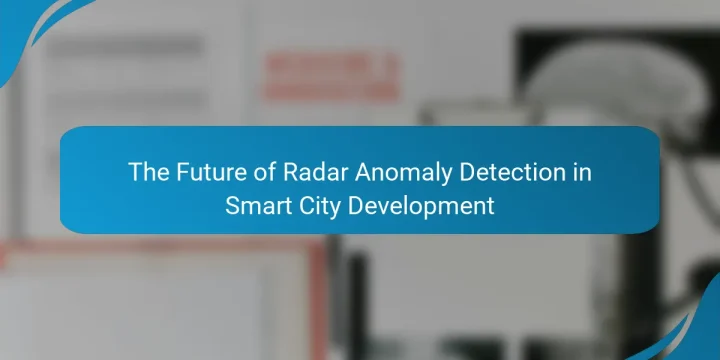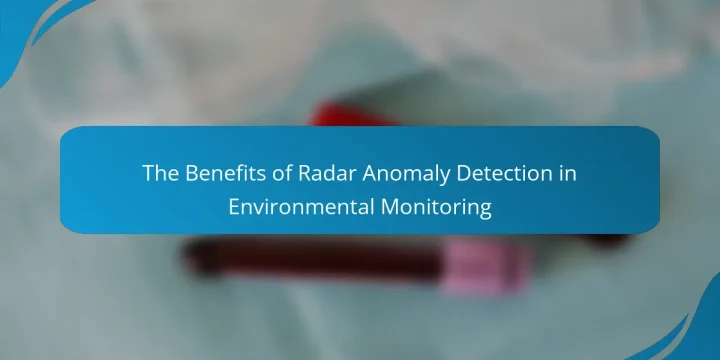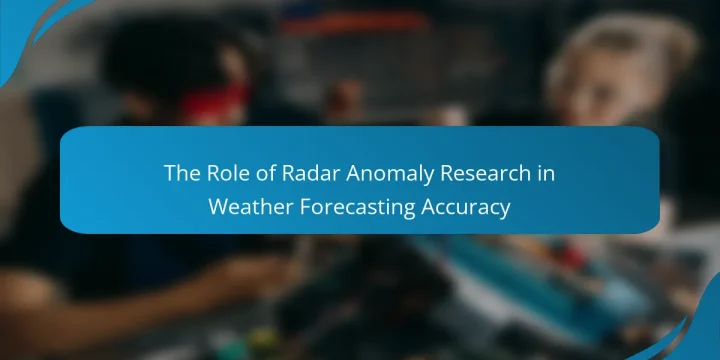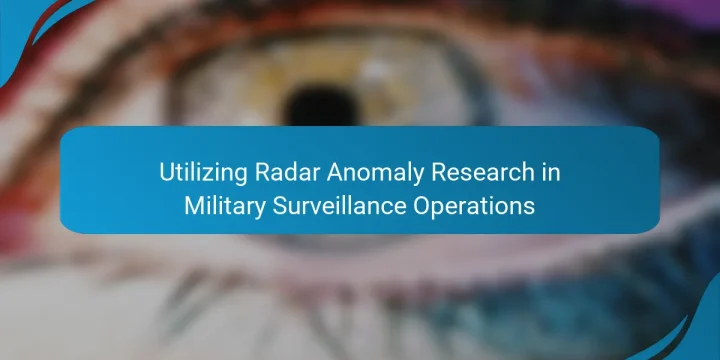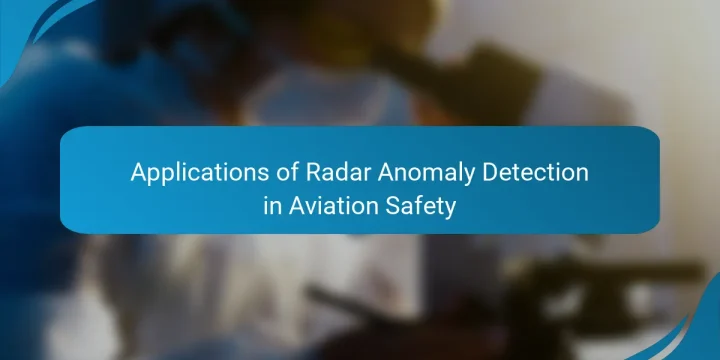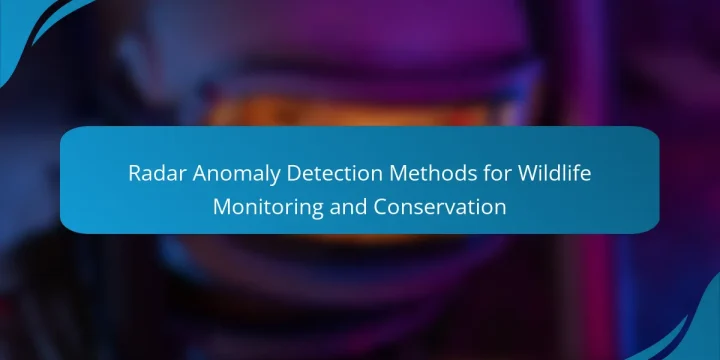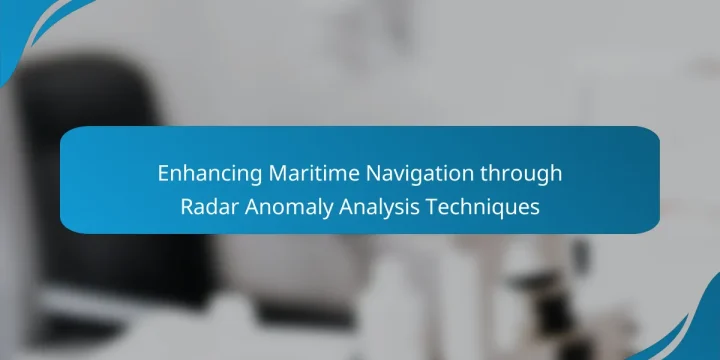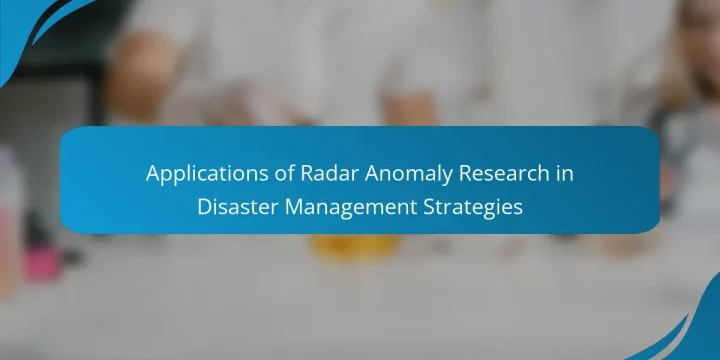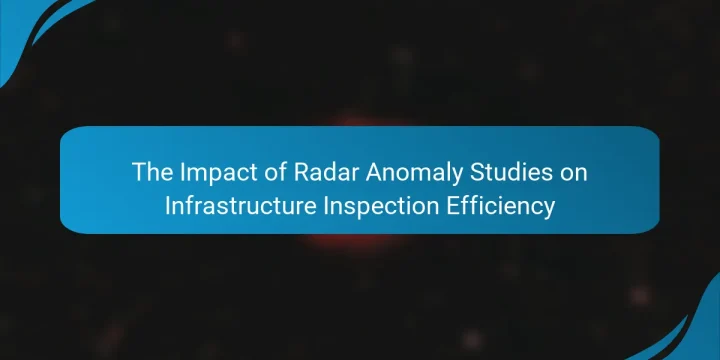
Radar anomaly research focuses on the analysis of unexpected radar signals encountered during space exploration missions. These signals can reveal critical information about surface features, atmospheric conditions, and the composition of celestial bodies, aiding in mission planning and execution. Key technologies utilized in this research include synthetic aperture radar (SAR) systems, advanced signal processing algorithms, and machine learning techniques to enhance anomaly detection. Challenges in radar anomaly research include data interpretation complexities, the need for advanced algorithms, integration with other sensor systems, and limited computational resources. This research plays a vital role in improving the accuracy of data collected from space missions and understanding the environments of other planets and moons. What is Radar Anomaly Research in Space Exploration Missions? Radar anomaly research in space exploration missions involves the study…
